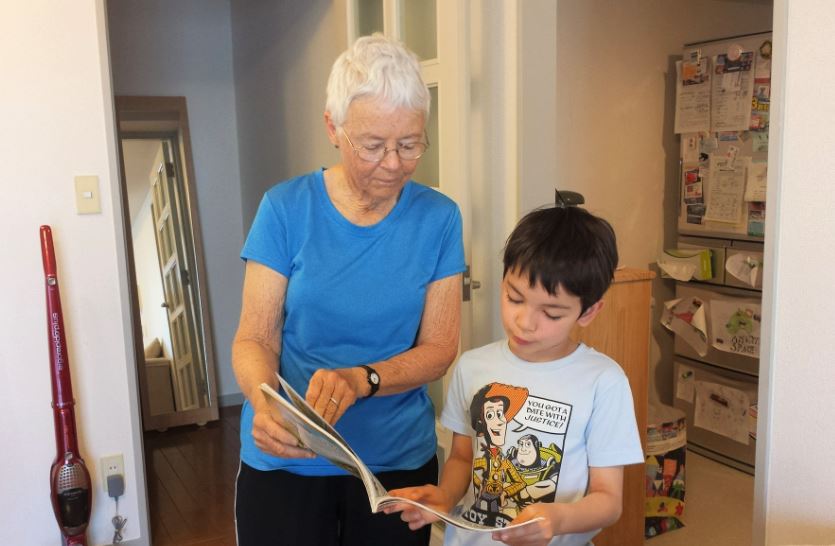
Every year about 6 million Australian volunteers chip in more than 500 million hours of unpaid labour but raising the retirement age will reduce people’s ability to contribute their free time and efforts, a Flinders University study warns.
The popular social activity of helping community and not-for-profit organisations not only makes a major contribution to the active functioning and productivity of these vital groups but also contributes to a healthy and potentially more active retirement for older people and their families, the new study in the Journal of Economic Behavior and Organization says.
Using data from the Household Income and Labour Dynamics in Australia (HILDA) Survey, Flinders University business economics lecturer Dr Rong Zhu says ongoing reform to the Australian Age Pension to increase pension eligibility ages is prolonging working lives and causing an unintended and undesirable shrinkage in the valuable volunteer workforce.

Volunteers contributed around 521 million hours of unpaid work to the Australian society in the 2012–13 financial year, with the value of their voluntary services estimated to be more than A$17 billion (Australian Bureau of Statistics, 2015).
“While examining the casual impact of retirement on the supply of volunteer labour, we see that retirement, as a discrete change in lifestyle, leads to increased voluntary work among both older Australian men and women,” says Dr Zhu, from the College of Business, Government and Law at Flinders University.
“However, the duration of retirement, as a cumulative process of exposure to non-market activities, increases volunteer labour supply of females only.
“Another benefit is that older people’s retirement also impacts positively on the volunteer behaviour of their family members.
“So all of these are important avenues for greater personal and community wellbeing and advantages that prolonging working lives can impact,” he says.
Over 70% of elderly people in Australia are eligible recipients of the age pension, and about two-thirds of pension beneficiaries receive full benefits.
When the age pension was introduced in 1908, the qualifying age threshold was 65 for both men and women. It was soon reduced to 60 for women in 1910.
Since then, the eligibility ages for males (65) and females (60) remained constant until July 1995, when the age threshold for women started increasing progressively at a rate of six months every two years. The age pension eligibility age for women reached 65 in 2014 and became identical to that for men.
From July 2017, the qualifying age for both genders has started rising again by six months every two years until reaching 67 years of age in July 2023. In 2021, the maximum rate per fortnight is A$860.60 for singles and A$1,297.40 for couples.
The article, Retirement and voluntary work provision: Evidence from the Australian Age Pension reform (2021) by R Zhu has been published in the Journal of Economic Behavior and Organization, (Elsevier) 190, pp. 674-690 DOI: 10.1016/j.jebo.2021.08.011.

